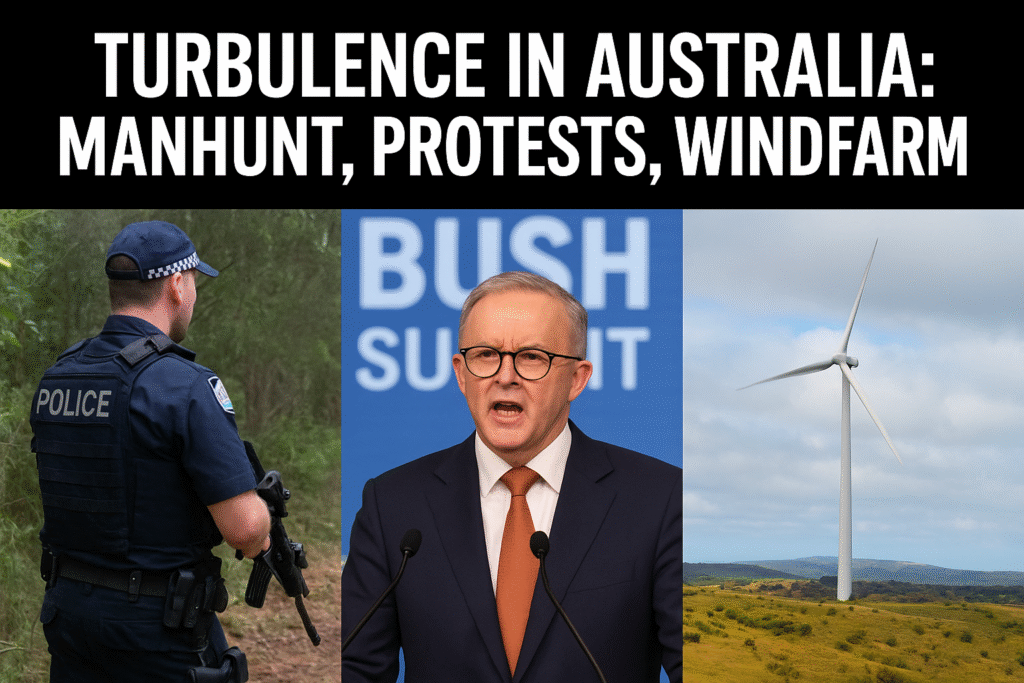
Australia woke up to a turbulent day on August 29, 2025, as the nation grappled with a mix of tragedy, politics, and environmental debate. From the tense manhunt for a suspected gunman in rural Victoria to heated protests at a political summit, and finally a green light for a contentious windfarm project in Tasmania, the events highlighted the complexity of issues shaping the country’s present and future.
Manhunt in Porepunkah After Fatal Shooting
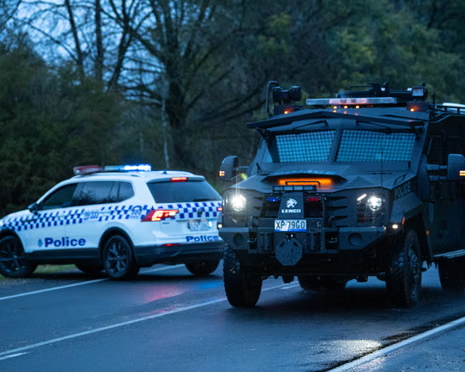
The Big Town Porepunkah, Victoria, that known for its intense landscapes near The Mount Buffalo,found itself under the national spotlight after a four-day manhunt intensified for Dezi Freeman, in that thin he is the suspect for killing two police officer.
The incident began earlier in the week when officers responded to a disturbance call and were met with gunfire, and he’s to friends died in that Incident. The tragedy has shaken local communities and reignited debates over gun control laws in Australia, which are already among the strictest in the world following the Port Arthur massacre in 1996.
Authorities deployed aircraft and drones despite poor weather conditions, while heavily armed tactical units combed rugged bushland in search of Freeman. Residents in the surrounding areas were urged to remain indoors, and roadblocks were established to limit movement in and out of the town.
For many Australians, the violence served as a painful reminder that even in a country celebrated for its relative safety, isolated incidents of gun violence can still strike deep wounds. The bravery of the fallen officers has been praised nationwide, and a memorial service is being planned to honor their sacrifice.
Leaders Heckled at the Bush Summit
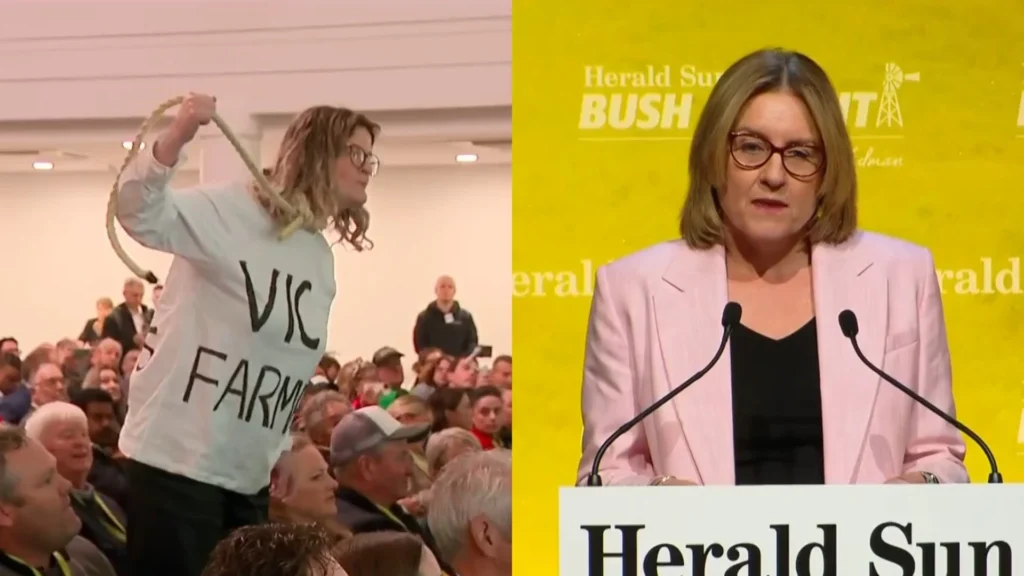
Elsewhere, politics took centre stage at the News Corp Bush Summit, where Prime Minister Anthony Albanese and Victorian Premier Jacinta Allan faced an audience that was anything but gentle.
Both leaders were heckled and interrupted by protestors frustrated with government handling of climate policy, energy security, and regional economic struggles. Farmers and rural advocates voiced concerns about rising costs, land use disputes, and the perceived disconnect between Canberra’s policies and realities on the ground.
Albanese attempted to highlight his government’s progress on renewable energy investments and regional infrastructure, while Allan defended Victoria’s approach to balancing economic growth with environmental protection. But the interruptions underscored a growing sense of frustration in parts of rural Australia, where many feel left behind in the national policy conversation. The summit also revealed deeper divisions within Australian politics. While some attendees called for faster action on renewable energy and stronger measures to combat climate change, others expressed fears that an aggressive push toward green policies could harm traditional industries such as farming, logging, and coal.
Robbins Island Windfarm Gets the Green Light
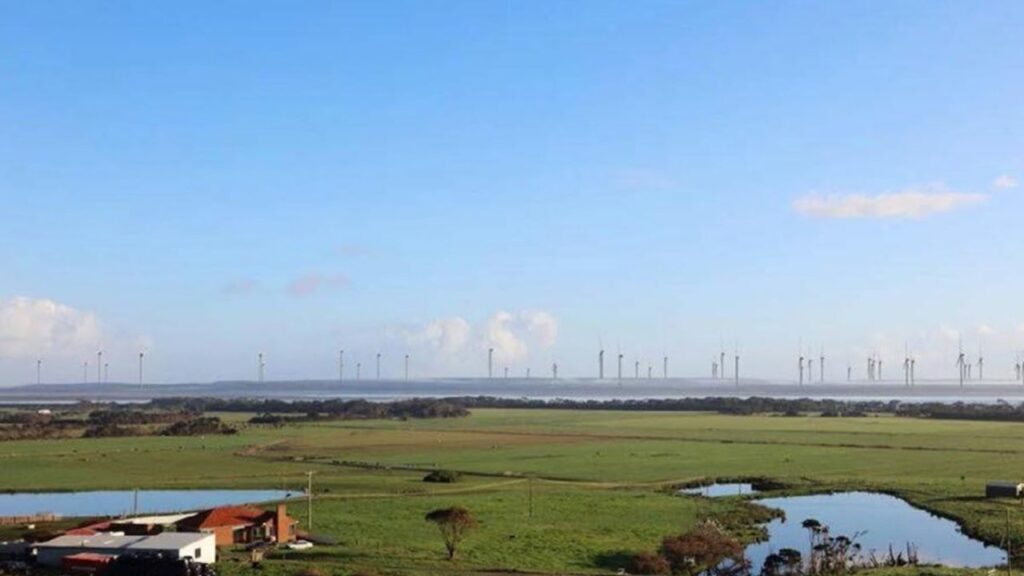
Adding to the mix of the day’s turbulence, the federal government granted final approval for the Robbins Island windfarm project in Tasmania.
The project has been one of the most controversial renewable energy developments in recent years. Proponents argue it will deliver a significant boost to clean energy capacity, helping Australia meet its emissions reduction targets while also creating jobs in Tasmania. The massive turbines are expected to generate enough power to supply hundreds of thousands of homes.
However, environmental groups and local communities have long opposed the plan, citing risks to endangered bird species, fragile habitats, and the visual impact on one of Tasmania’s most pristine landscapes.
In approving the project, the government included strict conditions aimed at minimizing harm to wildlife, including monitoring programs, turbine shut-down protocols during bird migrations, and funding for habitat restoration. Supporters hailed the decision as a necessary step toward a greener future, while critics insisted it represents another example of policymakers prioritizing industrial expansion over ecological preservation.
A Nation at a Crossroads
Taken together, the events of August 29 painted a picture of a nation wrestling with some of its most pressing challenges. The Porepunkah shooting manhunt showed that public safety and policing remain at the forefront of community concerns. The Bush Summit protests highlighted political tensions between urban decision-makers and rural Australians, where skepticism about government promises runs deep. And the windfarm approval revealed the delicate balancing act between environmental protection and the urgent push toward renewable energy.
Australia has long prided itself on stability, but the turbulence of the day reminded citizens and leaders alike that stability requires constant vigilance, honest debate, and difficult choices. The mix of grief, protest, and policy decisions reflected a democracy under stress but also resilient enough to confront its challenges openly.

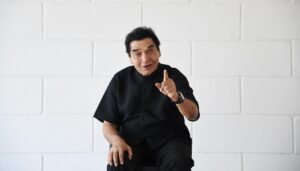


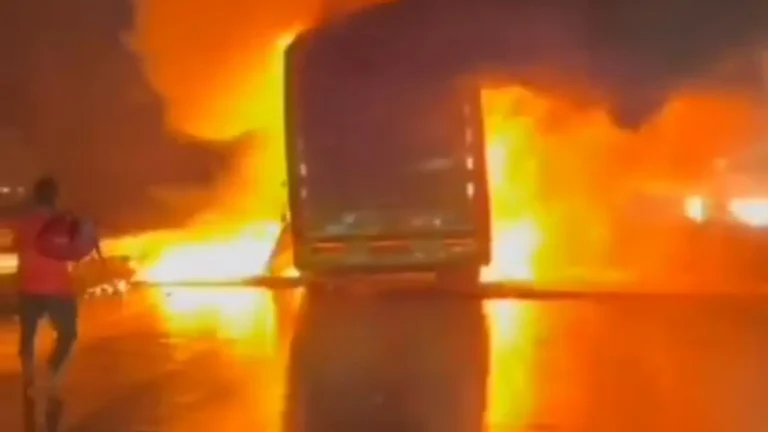
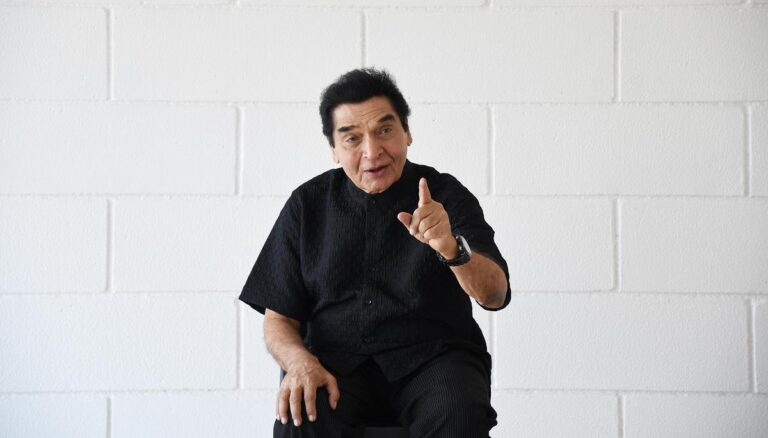

One thought on “Australia at a Crossroads: Porepunkah Shooting, Political Anger, and a Windfarm Battle”